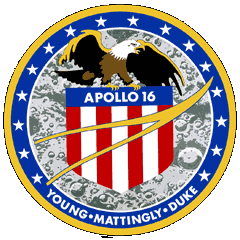Apollo 16 – Landing In The Lunar Highlands
Rock Hunt In The Descartes
The Apollo 16 mission was the fifth to land on the Moon and the tenth manned mission of the Apollo program. It was the second of the so-called ‘long duration’ moon missions, with a focus on science, both on the lunar surface and from orbit. Apollo 16 would be the first to land in the lunar highlands (Descartes) to study the geology of the area which was suspected to be volcanic in origin.
Fast Summary Facts About Apollo 16!
- Mission Crew: John Young, Charles Duke Jr., Thomas Mattingly II
- Mission Objective: Moon landing, Lunar Science in the Descartes region
- Launch Date: 16th April, 1972
- Return Date: 27th April, 1972
- Mission Duration: 11 days, one hour, 51 minutes
- Distance Travelled: 2,239,482.6 kms (1,391,550 miles)
More Fun Facts About The Apollo 16 Mission
- The Apollo 16 mission objectives were centred around collecting older lunar samples to help determine the geological history of the Moon;
- Explore, sample and conduct geological investigations of the Descartes Highlands region around the landing site
- Set up and activate a series of surface experiments
- The Command Module (CM) pilot would conduct experiments and photograph the lunar surface from orbit.
- Two significant equipment issues were encountered en route to the Moon (and once in lunar orbit), which resulted in the landing being delayed nearly 6 hours and the mission shortened by a day.
- The successful landing of the Orion Lunar Module (LM) on April 21st 1972 meant astronauts John Young and Charles Duke became the 9th and 10th men to walk on the Moon.
- At the end of the first day on the Moon, Commander John Young evaluated the Lunar Rover Vehicle’s (LRV) performance by completing a series of S-turns, hairpin turns and hard stops, at speed, while Duke videoed him! Rally driving on the Moon! You can view the video here.
- Young and Duke completed 20 hours and 14 minutes of exploration during three separate ‘moonwalks’ (otherwise known as ‘extravehicular activities’ or EVAs).
- The pair would also cover a distance of 26.7 km (16.6 miles) in the LRV while out exploring on the Moon!
- The Apollo 16 moonwalkers would collect a total of 94.8 kg (209 lbs) of lunar samples for later analysis on Earth.
- By the time the surface mission was complete, the two astronauts had spent nearly three full days (71 hours, 2 minutes) exploring, investigating, working and sleeping on the Moon.
- Before the three explorers left lunar orbit, they deployed a small research satellite called ‘Particles and Fields’, which would continue orbiting the Moon for a month.
- While cruising back towards Earth, the CM pilot Thomas Mattingly performed a deep space spacewalk to retrieved film cassettes from the Service Module (which would later burn-up in Earth’s atmosphere).
- The mission ended with the CM’s successful splashdown in the North Pacific Ocean.
You can visit ‘Casper’ the actual Command Module from the Apollo 16 mission, as it is on display at the U.S. Space & Rocket Center in Huntsville, Alabama!
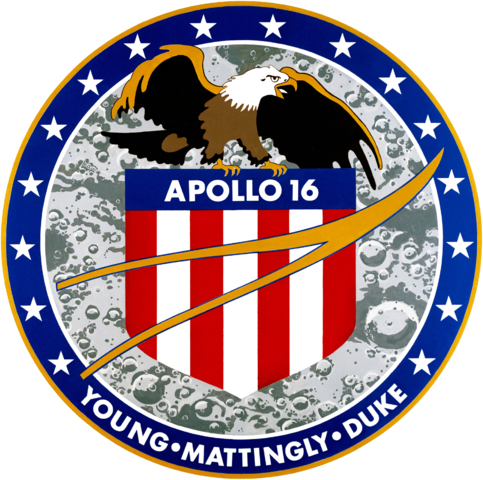
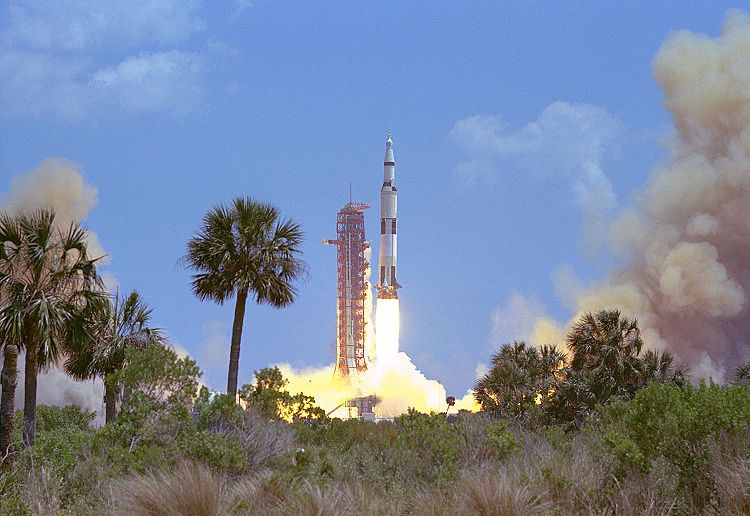
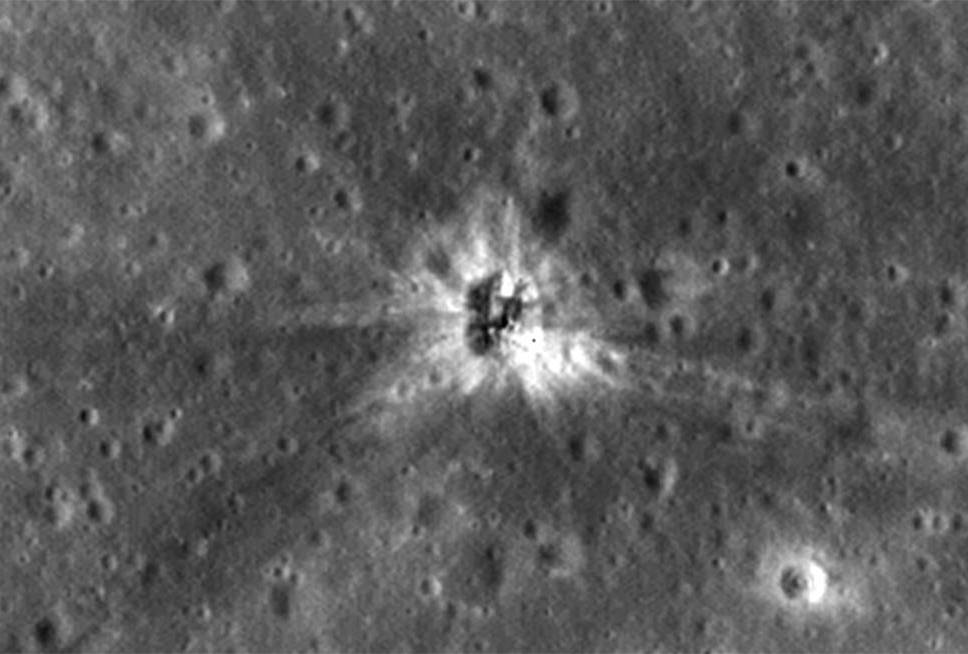
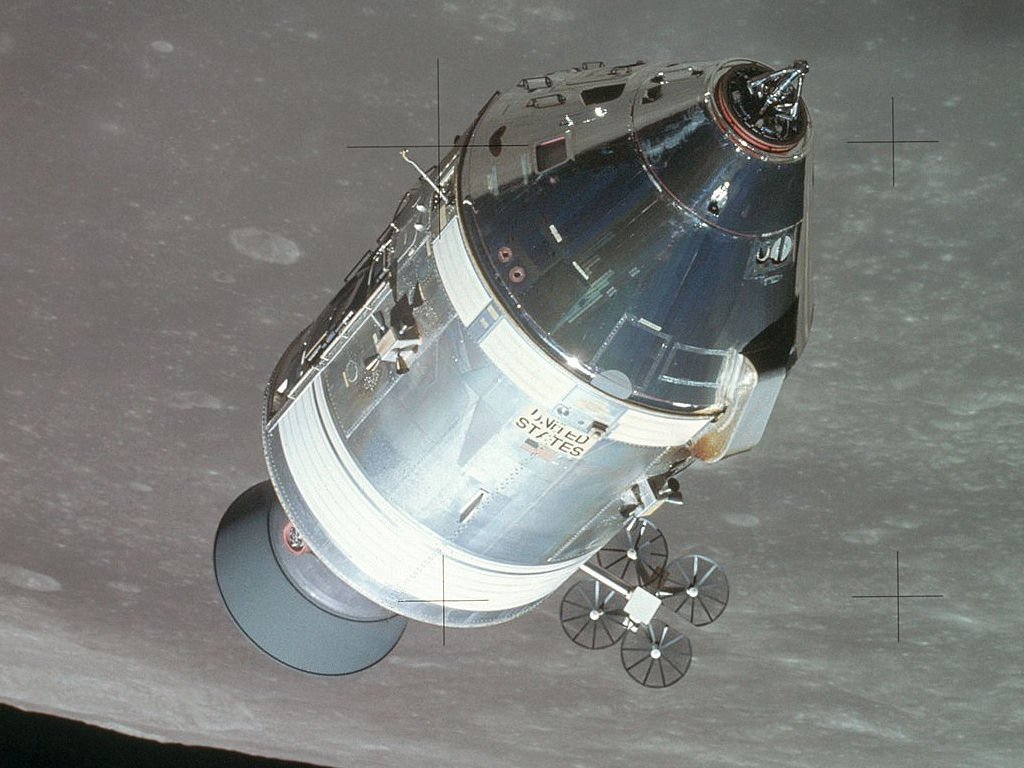
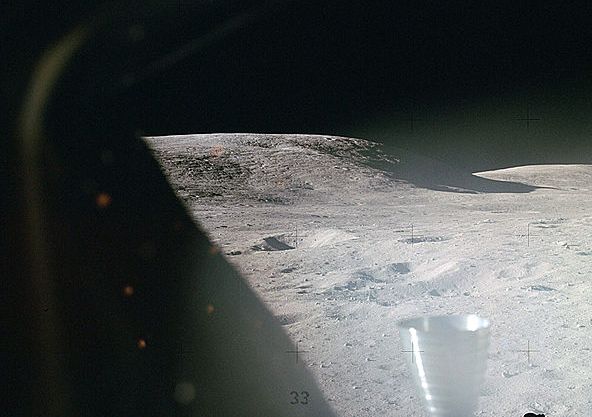
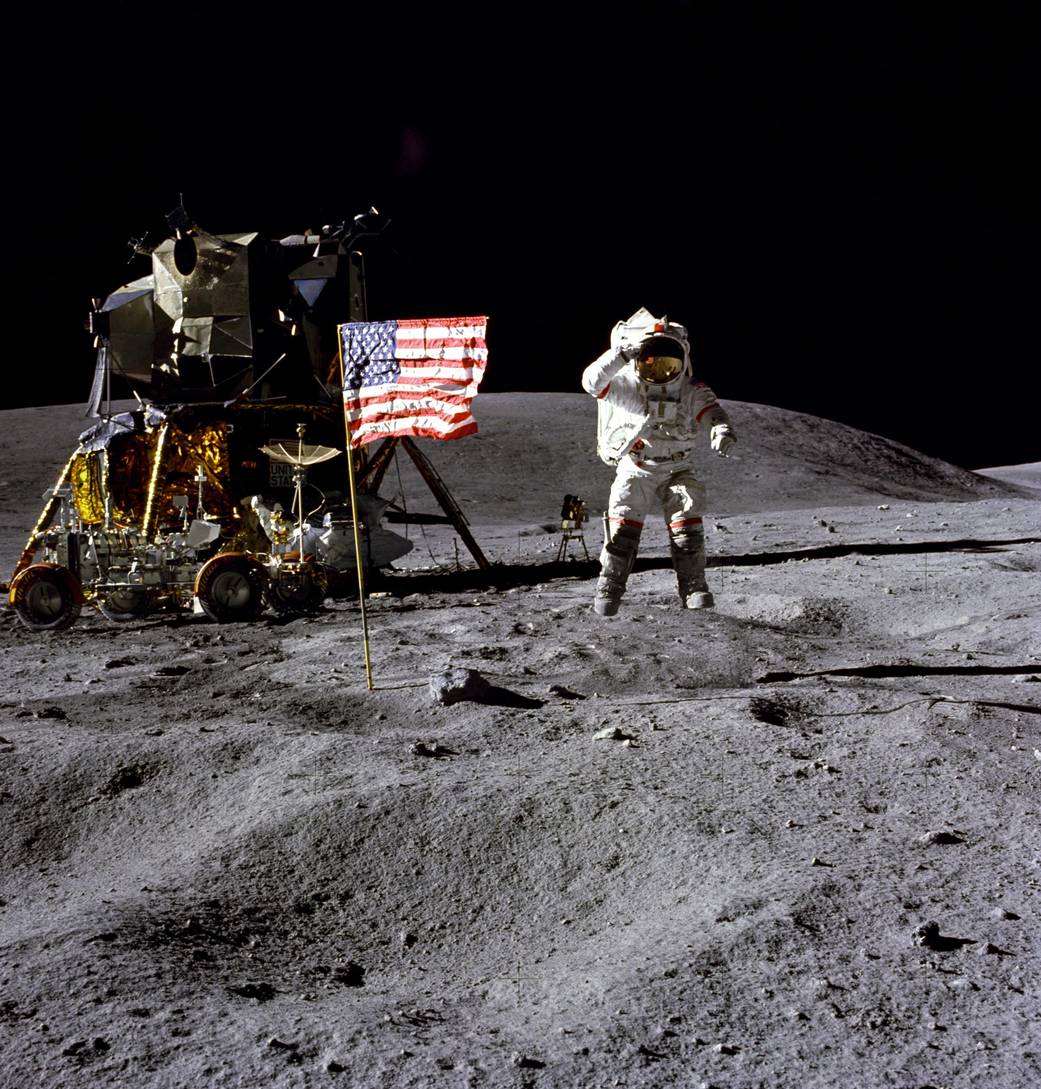
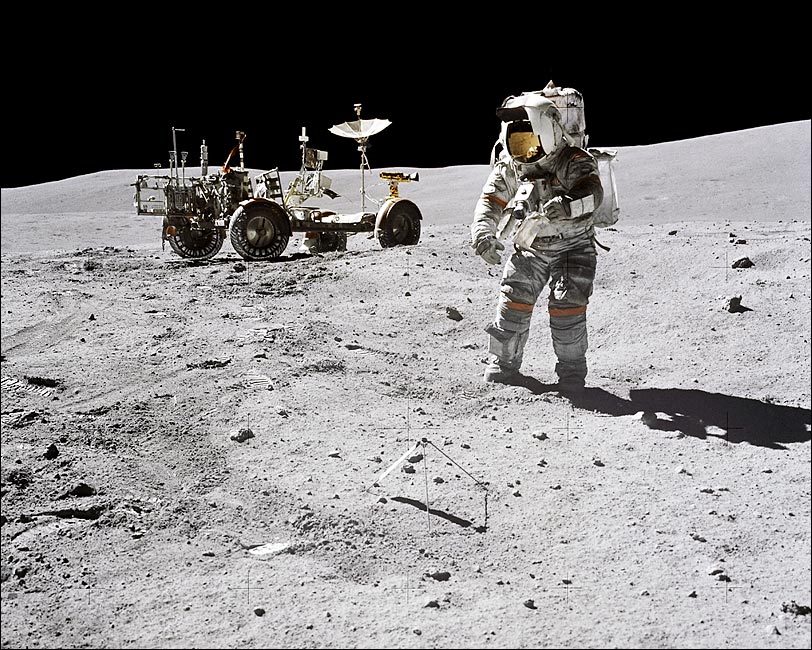
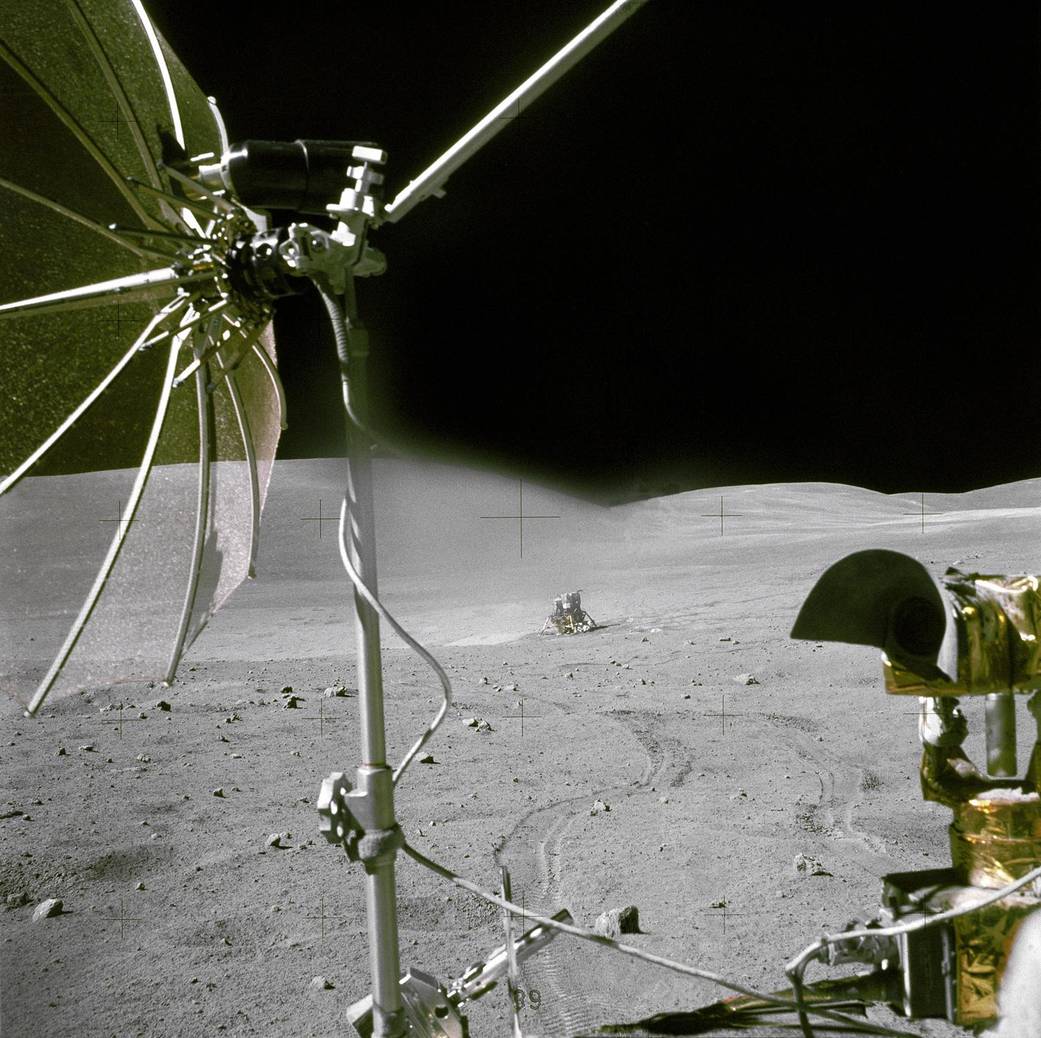
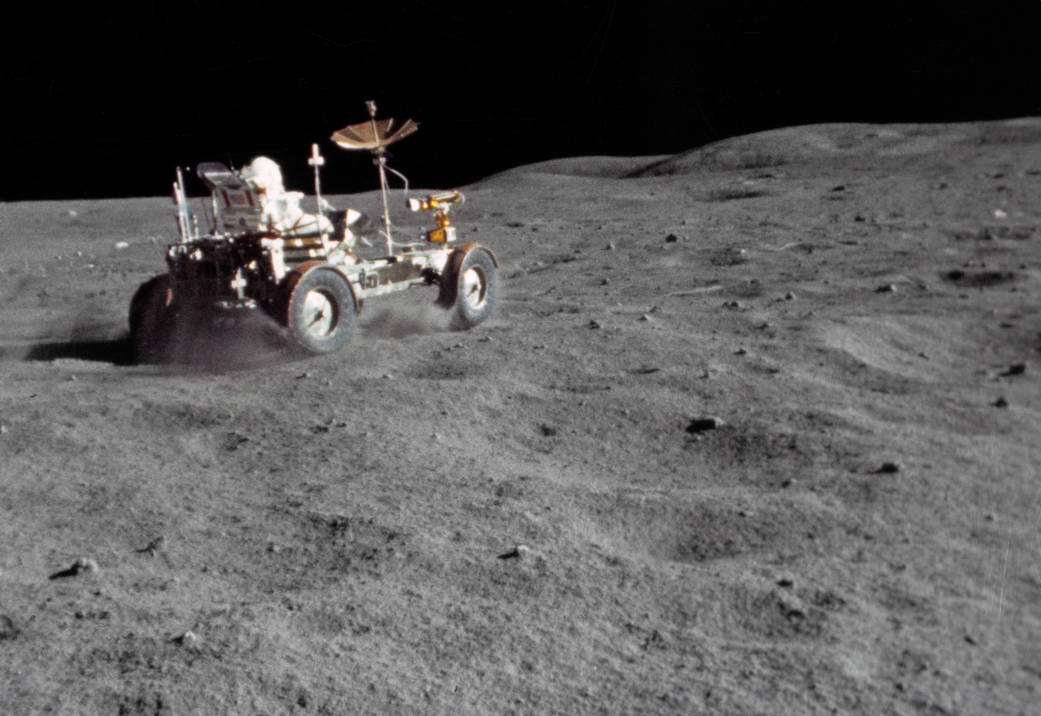
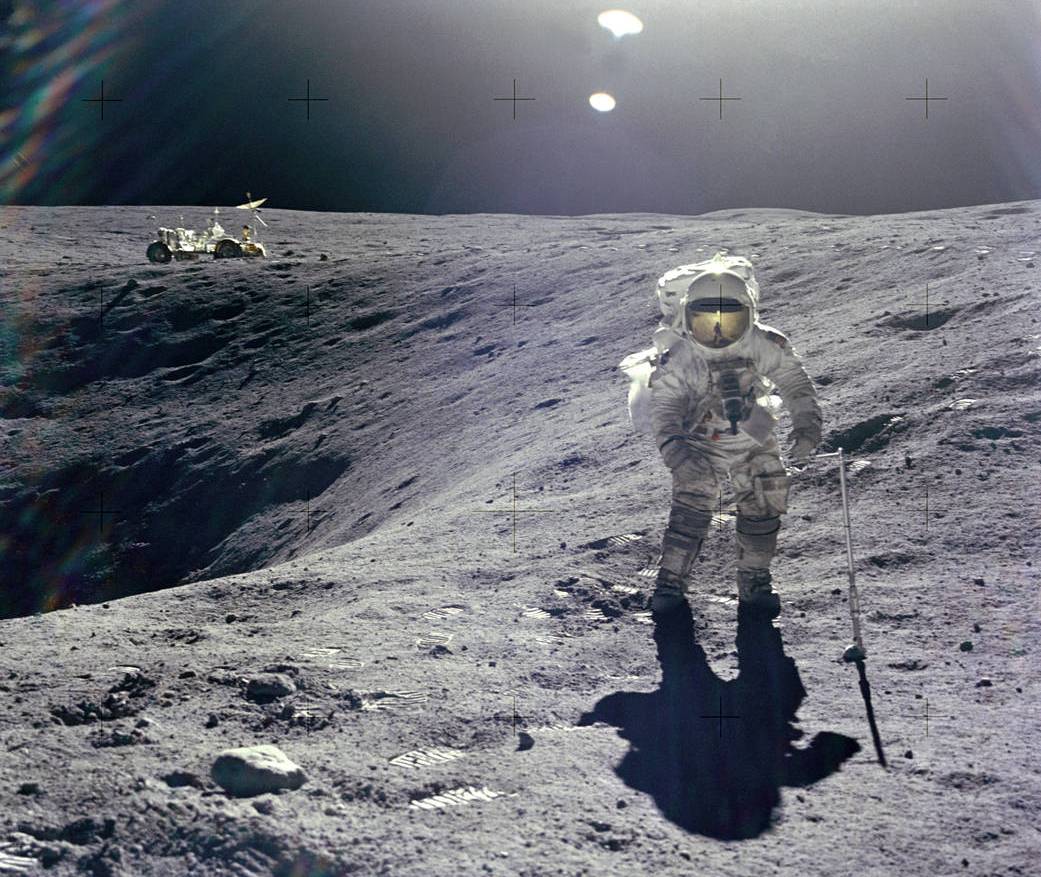
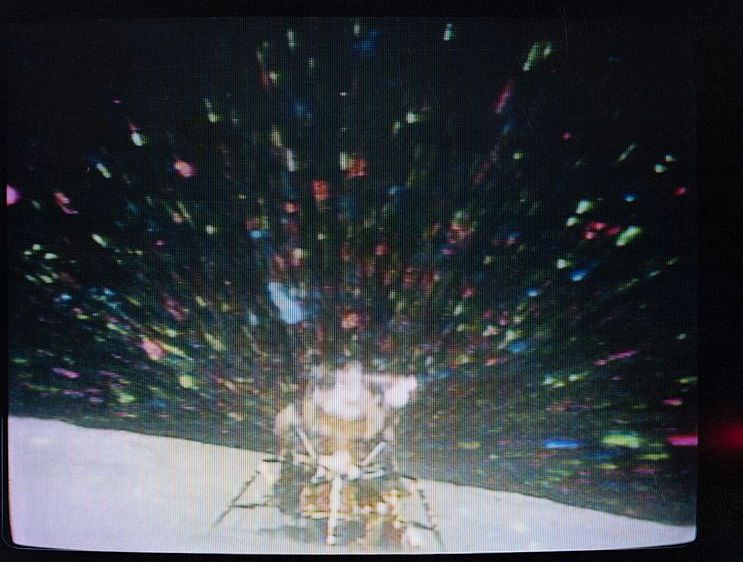
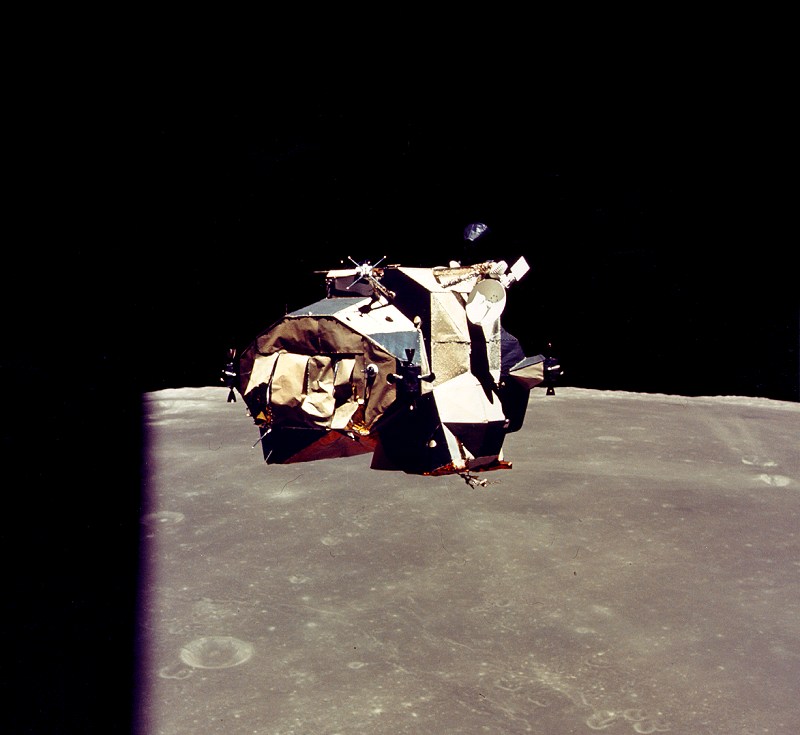
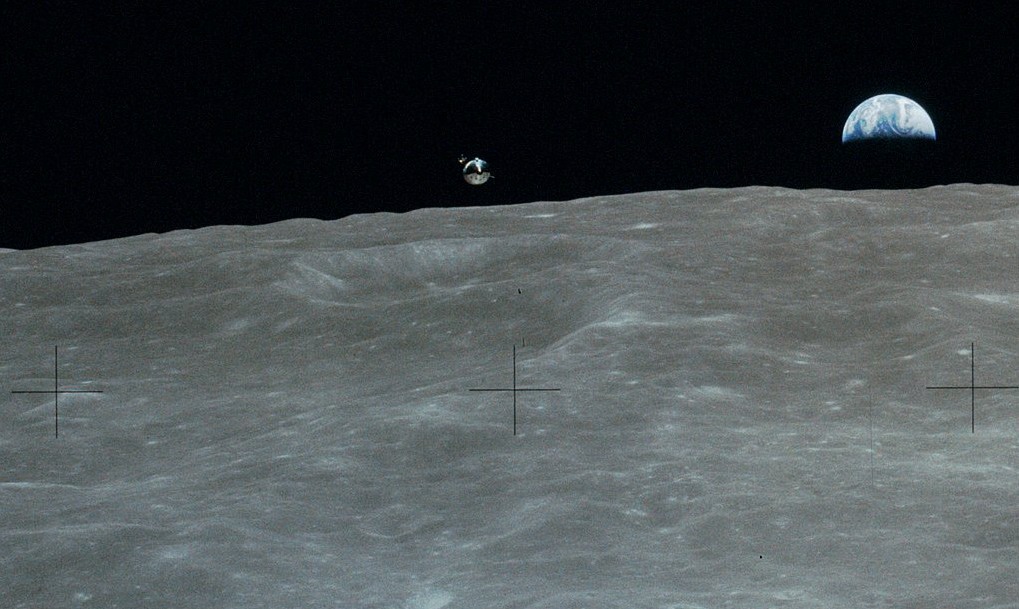
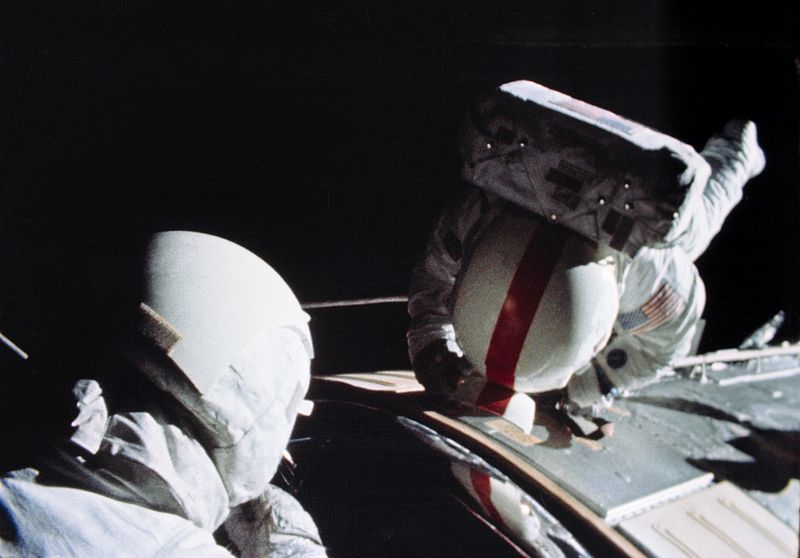
Apollo-16 Patch (Image Credit: NASA)
Lifted Off
Booster Impact Site
Command Module
Lunar Surface
Lunar Salute
Ray Crater Exploring
Orion From LRV
Lunar Racing
Collecting Lunar Samples
Orion Lifts Off
Lunar Module 'Orion'
Earthrise Apollo 16 (Image Credit: NASA)
Extravehicular activity
















